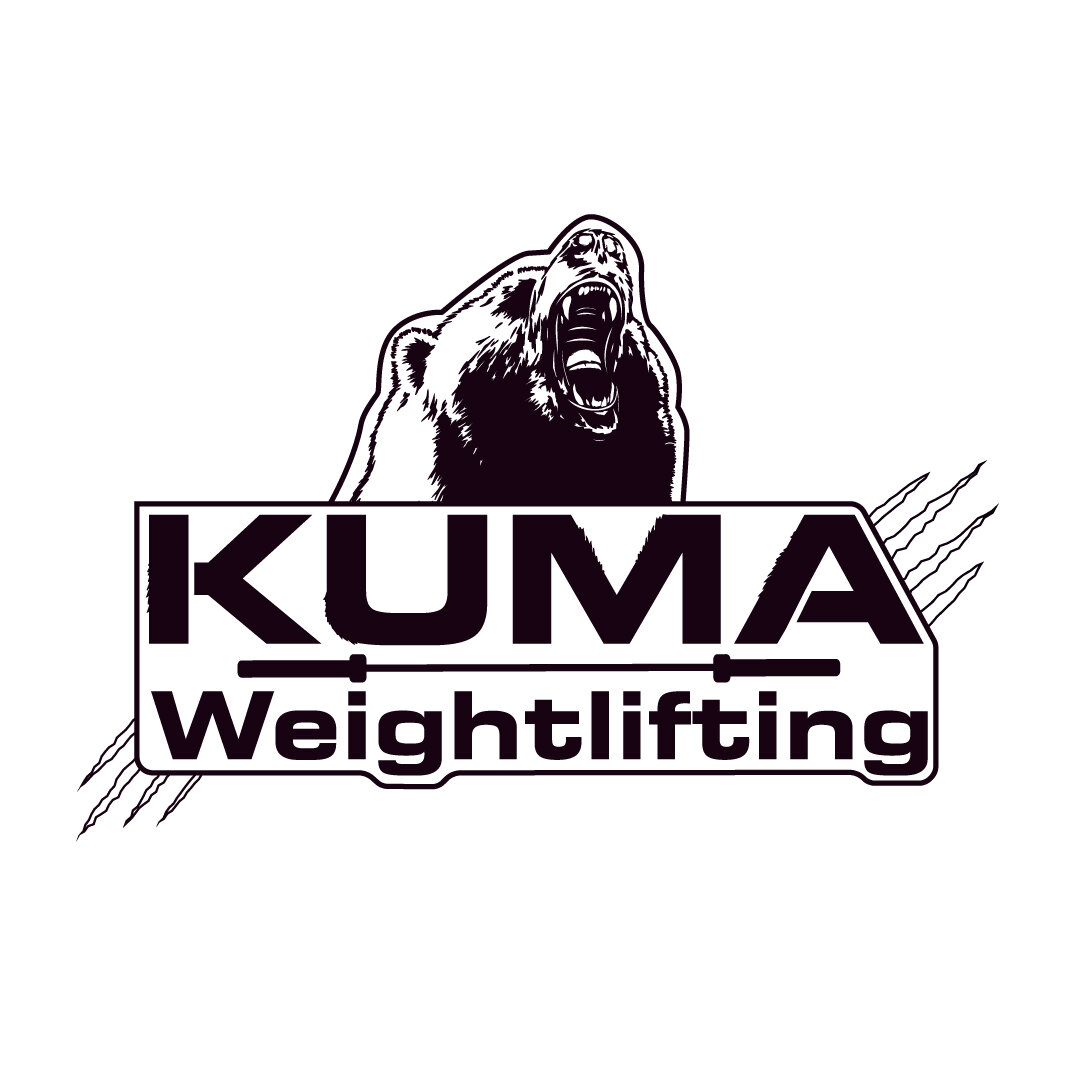TRANSITIONING FROM A POWERLIFTER TO A WEIGHTLIFTER PART 1 (Minimum Mobility)
I.
What was that, you say? You’re tired of powerlifting, and want to do weightlifting because it’s more athletic and fun?
Yea, I get you. I really do. However, there’s subtle but major differences between weightlifting and powerlifting. By knowing these things, and intelligently preparing the transition, you can ensure it goes much more smoothly and accelerate the learning process.
The first order of business is to go over the basic flexibility needed for weightlifting. This is actually not very specific to this transition because most people in general lack adequate flexibility in some form or another. If you have the flexibility of a dry noodle, it will vastly help the transition to powerlifting if you work on your mobility and flexibility for a bit first. Even if you’re decently flexible, preparing your body for the flexibility demands of weightlifting will still help easing the transition. It’s strongly recommended you test your flexibility so you have an idea of what your flexibility is like, and if needed, improve them, before jumping into weightlifting.
II
There are three main flexibility points of weightlifting; the ability to hold the bar above your head in a good position, the ability to receive the bar in a front rack, and finally the ability to squat deep without major hindrances.
Holding the bar overhead:
photo credit: © Kari Kinnunen, wonderlifter.com 2011
The first test of your mobility is to test your ability to do overhead squats. This is when you hold a bar overhead in a snatch-grip width, and squat all the way down. Ideally, you will be able to do the whole range of movement stably with a vertical-ish torso, feet firmly planted on ground, and arms straight up above your head. It's quite common for powerlifters with big tight pecs to have major difficulty in getting a good snatch-grip position over head. You will want to be able to have your traps support most of the weight, not your shoulders. You can achieve this by squeezing together your upper scapula blades together and pressing up against the bar.
If you're able to do this easily, then congratulations! You don't have any mobility issues to hold you back on snatches. Being able to hold the bar above your head in a good body position is very important, to be able to receive lifts safely and and effectively.
If as you near the bottom of the squat and your heels lift off the ground, this is usually attributed to lack of ankle flexibility (dorsiflexion). Usually it's obvious if it's your lack of ankle flexibility, but it may also be caused by issues elsewhere in your legs or hips. The best initial objective is to loosen up your calves, foot, and increase your ankle mobility in general. This is a common exercise for ankle mobility that I quite like.
Achieving a good rack grip:
This is the ability to hold the bar in a proper rack grip, with your front delts taking the weight and hopefully all of your fingers under the bar. If your elbows and wrists take most of the weight of the bar in the rack position, that’s bad for long-term joint health and doing big weights in the long run.
It should look something similar to this.
Kendrick Farris
If you're unable to achieve this, there's a wide variety of reasons possible. You might have tight lats, tight triceps, tight pecs, inflexible wrists, or too big biceps. If you're unable to maintain a straight back while holding a rack position, a tight upper or middle back are likely culprits. Stretch your shit your out.
One thing you can do to try to pinpoint where your issues are is to strap your hands to the bar and then move to a proper rack position; if one muscle complains much more loudly than others, you've find what to target.
Squatting deep with a vertical-ish torso:
Anatoly Pisarenko
This is going to be very common problem for powerlifters looking to do weightlifting. Many powerlifters are used to doing low-bar to parallel, which requires a much lower level of lower body flexibility. You don't need the ability to squat so low that your ass is an inch from the ground, but in general, the lower you can squat comfortably while maintaining a vertical-ish torso with your hips right above (not behind) your feet, the more you'll be able to clean and snatch.
The possible reasons of being too inflexible are as many as the stars in the sky. As a powerlifter, you should have some idea about what parts of you is lacking in flexibility and why and know what to do to improve on it, so I won't go into detail.



